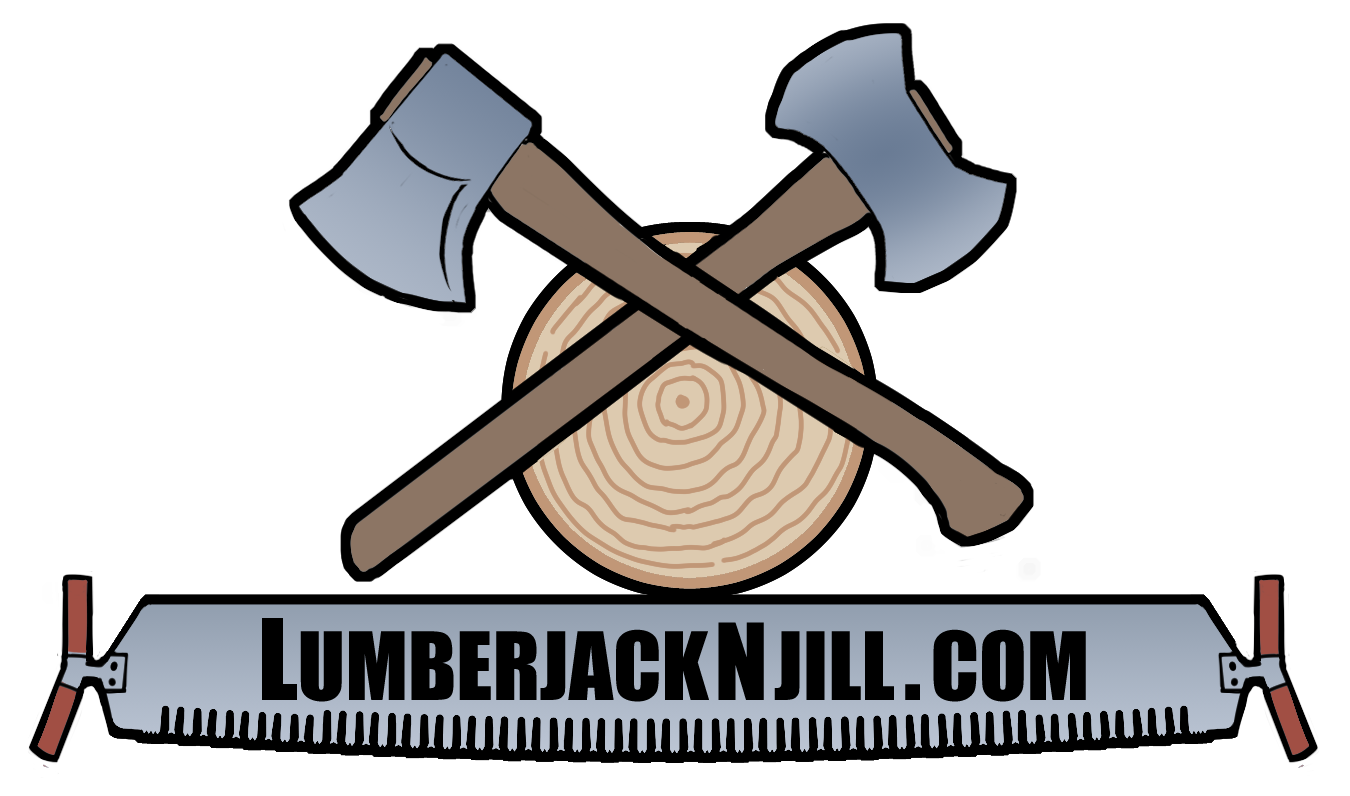Gears – Crosscut saws knowledge – Maxime Mercier
I want to use this page to help competitors understand what is a crosscut saw and how it work. I will try to be as accurate as possible so it can help people use their saw to its maximum potential.
First: The handles.
- Vintage Saw Handles
- They were long and positioned above the saw. This design helped prevent injuries and reduced the need for workers to bend over when cutting logs close to the ground.
- Straight Handle
- These are a modified version of vintage handles, made to fit in the middle of the saw.
- They give more control over the saw and make it possible to add weight while sawing.
- Straight Handle with an Angle at the Bottom
- They are designed to follow the natural position of the bottom wrist.
- These are my personal favorites.
Second: the Types of Saws
- M-tooth
- This type of saw uses teeth that cut and break the wood at the same time.
- By design, their teeth are more robust compared to pegs and rakers.
- They used to be the best option when vintage saws were still used in competitions.
- A smaller or weaker competitor might struggle to run them.
- Today, very few competitors use M-tooth saws, but they can still perform well in very hard wood
- 4 Cutters
- The 4-cutter design isn’t as popular as it was in the early 2000s, but it is still a valid choice in some situations.
- For lighter competitors, or for those who don’t put as much weight on the saw, they can be a good option.
- With average technique, they tend to be mostly push-and-pull.
- Because they have more teeth, they may not require sharpening as often as other types of saws.
- They are often smoother to run, meaning they can usually be run at a good pace.
- Compression wood won’t slow this saw as much as it would with other models.
- They are also more difficult to hang at the bottom of a cut.
- 3 Cutters
- The modern 3-cutter saw is a hybrid between the 2-cutter and the 4-cutter. The goal was to combine the benefits of both designs.
- Like the 4 cutters, this saw forgives mistakes more than a 2-cutter would.
- It is more forgiving when technique isn’t perfect.
- As with the 4 cutters, compression wood and sap spots are not felt as much as with a 2-cutter.
- 2 Cutters
- The 2-cutter design is currently the fastest two-person saw, and it also has the potential to be the fastest one-person saw when the wood and technique are good.
- Because of the simpler design, it is usually less expensive to buy.
- Depending on how it is adjusted, it can slow down in compression wood or on sap spots.
Third: Saw Weight
- Thicker and/or Larger Plate
- Most Tuatahi/KBT one-person saws use this kind of plate.
- Because they are heavier, more weight is placed on each tooth, allowing each tooth to dig into the wood more effectively.
- The added weight also creates more inertia, which can make it harder to achieve a fast pace.
- Thinner and/or Smaller Plate
- Most original Mercier saws—and I believe Pfenninger saws as well—use thinner, smaller plates, which makes them relatively light.
- A faster pace can be achieved with a slender saw.
- Because it is lighter, better technique is required to reach its full potential.
- Wide Gullets
- Wider gullets mean more storage for sawdust.
- They also mean fewer rakers and fewer teeth, which has two consequences:
- More weight on each tooth
With fewer teeth in the wood, each one carries more weight and digs deeper on its own.
A strong competitor with a good pace can do very well even without perfect technique. - The saw reaches its maximum potential faster
Since each tooth removes more wood, the saw reaches its performance ceiling sooner. (Don’t worry—fewer than five people today are actually hitting that ceiling, in my opinion.)
- More weight on each tooth
- Because these saws have a wider gap between rakers and cutters, there is a greater risk of hanging at the bottom of a cut.
- A good trick to avoid this: short-stroke the saw near the bottom.
- A good trick to avoid this: short-stroke the saw near the bottom.
- Thin Gullets
- Thinner gullets mean more teeth and more rakers.
- Better technique is required to make the rakers work efficiently.
- Because more teeth sit in the wood at the same time, less weight is placed on each one.
- The maximum potential of these saws is higher because each tooth has more room to cut deeper.
- Also, because the gap between rakers and teeth is smaller, it is harder to hang the saw at the bottom of a cut.
Fourth, Saw Radius
- Smaller Radius (Rounder Saw)
- With a smaller radius, each tooth attacks the wood more aggressively during a straight push—until you pass the middle—after which a slight heeling adjustment may be required.
- Be careful: too much heeling makes you slide on the back foot of the raker, preventing the next tooth from doing its job.
- During the pull, a slight lift is required throughout the entire motion.
- With a smaller radius, each tooth attacks the wood more aggressively during a straight push—until you pass the middle—after which a slight heeling adjustment may be required.
- Bigger Radius (Flatter Saw)
- With less radius, a faster pace can usually be achieved, but better technique is required to make the saw cut efficiently.
- For one-person sawing, the motion is mostly straight push and pull, with a slight lift at the end of the pull.
